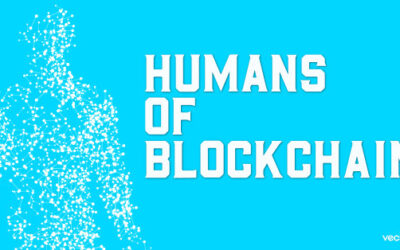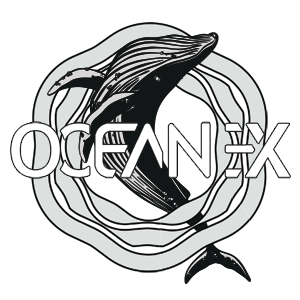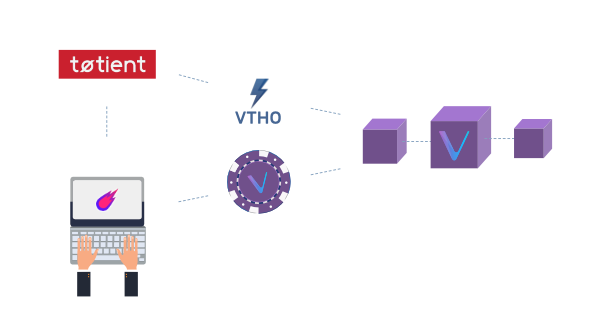For more surveys, check out the VeChain Community Survey and the Safe Haven Community Survey.
In April, the third project in the VeChain ecosystem was examined by a community survey. This time it was about OceanEx, the growing exchange with strong ties to VeChain.
Participation in the survey was possible from April 15th to 22th. A total of 397 people took part in the survey. The usual significance requirements (95% confidence level, 5% margin of error) were more than fulfilled with regard to the target group.
Summary of results:

75% of the participants became aware of OceanEx before the exchange went live. So it is not surprising that about half (48%) participated in the token sale. However, only 12% of the community joined in 2019. This indicates a slow growth of the community.
Similar to VeChain or SafeHaven, the community is planning OceanEx as a long-term investment. Half of the participants have sold less than 10% or 0% of their OCE so far. 76% said they wanted to keep OCE for more than a year. And the price targets also speak for themselves: 96% would not sell at the current price, 35% only at a price of $1.00 or more.

A look at the distribution of the OCE tokens among the participants reveals an imbalance in the Member Club Levels – especially with regard to levels 4 and 5.
The ratings of the upper levels, for which at least 50,000,000 OCE are required, are correspondingly negative. 48% of the participants are of the opinion that level 4 is too high, with level 5 being even at 53%.
At the same time 58% of the participants are convinced of the member club benefits – this means, however, that 42% still have to be convinced. This part of the community would not store their OCE tokens on the exchange at the moment.

91% have already collected trading experience on OceanEx, 40% have already shifted most of their activity to this exchange. VET (92%), OCE (78%), VTHO (73%) and SHA (61%) were the most frequently traded assets. TIC (29%), USDT (24%) and DBET (11%) are the worst performers. On average, participants stated that 45% of their trading activity was already carried out on OceanEx.
With regard to various dimensions of the project, trust & security received top marks (8.0 on a scale of 1 to 10), and design (7.8) and platform speed (7.7) also came off very well. Trading campaigns (7.0) and marketing as well as social media activities (6.5) were rated lower.

Additionally, different statements about OceanEx should be evaluated again. It was notable that there was a low level of approval with regard to satisfaction with the Member Club program (24%) and a high level of understanding with regard to compliance procedures (e.g. KYC) (76%). The evaluation of all statements can be seen in the complete document at the end of the article.
The mobile trading app was at the top of the list of missing features (8.4), closely followed by fiat trading pairs (8.3). The other places were occupied by the stop/limit trading functionality (7.7), the IEO launchpad (7.5) and the export of the trading history (7.0).

Participants prefer an OCE Club system as the launchpad format (52%). The trading campaigns are used by the participants rather occasionally – most of them stated to participate from time to time (33%).
The coin burn received the highest rating (8.3) for a possible increase in the value of OCE – closely followed by the Launchpad (8.1).

The open text responses also turned out to be very interesting. Here the following wishes were expressed:
– The possibility to buy crypto via bank transfer / credit card
– Implementation of a fiat money gateway
– Connection between VeChain wallet and OceanEx exchange
– More OCE trading pairs & more project listings in general
– Dividends based on the amount of OCE a user is holding
– Export functionality of the complete trading history
– Mobile trading app
– Release of a roadmap / development timeline
– Better communication, more transparency and marketing
Although OceanEx is a very young platform, they have already achieved a lot that they can be proud of. However, there is still a lot of room for improvement – users are used to certain features or offers from other exchanges and don’t want to be deprived of them on OceanEx.
The complete survey report can be downloaded here.
If you have any questions, please feel free to contact me on Twitter at @hh_tim. You can find more contact options on my website www.cryptolyze.online
















